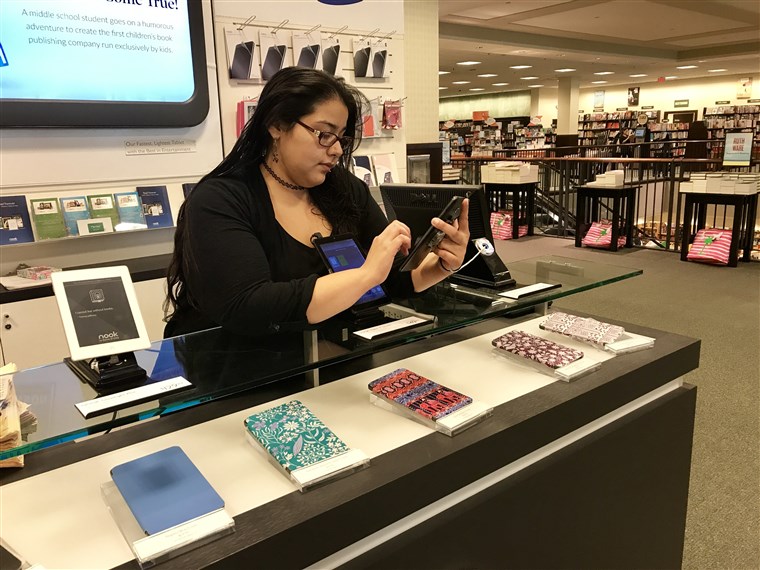The pay gap between men and women still exists in the United States. From minimum wage to maximum return jobs, whether it’s a hidden number or a well-publicized one, women of all races lag behind men in a dollar-to-dollar comparison. Women earn a fraction of a dollar compared to men’s full one, in spite of efforts to raise awareness about the gap and bridge it. According to Pew Research, in a study that even controls for diverse educational levels, the problem persists across both diverse occupations and races.
What is abundantly clear, even grossly exaggerated like when Michelle Williams discovered Mark Wahlberg made $1.5 million dollars for the same movie scene reshoot that earned her less than $1500, is that every industry is rife with gender discrepancies in pay and treatment. They affect dozens of other actors who, like Williams, may have been working in the industry since childhood.
Unlike in other industries, though, the podium in Hollywood is particularly effective, and with the help of some friends, Williams moved onto projects that now provide her equal pay. She now knows to look out for that. Other Hollywood powerhouse women — Oprah, Salma Hayek, Reese Witherspoon, Alicia Vikander, Eva Longoria — have translated their success in front of the camera into producing their own female-driven projects and serving as mentors and role models for other women, providing much needed industry visibility for women of color. The majority of those who manage to get a hold of the producing power though, continue to be white.
We can clearly track the pay gap in Hollywood because of the magnifying glass the media holds over that industry. The same metrics that flag that women in the United States work just as hard as men but are paid less are also, simultaneously, obfuscating of other details. No surprise, a result of census-type linear information, these studies can only be two-dimensional. They don’t make take into account the type of work or adjust for variances across industries.

The result of this vantage point might reveal that the pay gap between women and men is narrowing, and indeed it is for some women in some sectors. But, as I’ve written about before in this publication when the spectrum of women is refracted into its various components, it becomes clear that Hispanic women are barely staying afloat, despite a decrease in their unemployment rate. While many other demographics are prospering (except black women, who were slowly earning more and then trend reversed for them as well), Latinas overall are not, and the gap between the have-mores and Hispanic women continues to widen.
A Look at the Cultural Variables
This depressing statistic has been the trend for a while, resulting from decades of historical and sociological causes. First waves of Latin American immigrants did not speak the language and either lacked the education or the legal status to qualify for higher-paying jobs. Culturally, it was more common to have more children earlier in our lives. Combining these factors, it is unsurprising that many Hispanic women ended up in service-related, lower-paying and less-regulated industries, performing domestic work and the like.
To this day, there is still a greater percentage of Latinas in cleaning, cooking, and childcare jobs than in any other kind of work. While these jobs are all decent and honest, they are undervalued in our society, and so these women easily get stuck, taken advantage of, and held back by very low glass ceilings.
Before we feel we’ve lost this equal pay battle in our war for financial equality, there are other signs that positive financial change for Latinas is around the corner, making us more relevant to the well-being of the economy than we have ever been. The nationwide decline in fertility rates among all women have also affected Latinas. Though Latinos still have a few percentage points lead on non-Hispanic white and black fertility rates, the number of Latino children born in 2017 showed the most notable decline. Less dependents makes those salaries stretch a lot further.
Moreover, maternal age has also been rising and the 2017 study found the number of babies born to teen-aged Latinas at a record low. Greater maternal age results in better chances of achieving higher levels of education, which can lead to better and well-paying jobs. These shifts, together with the overall drop in unemployment amongst Latinas is far more heartening than the numbers on jobs alone.
In fact, not only has maternal age risen for Latinas, but the change has been dramatic. Women are waiting until they are in their late twenties and early thirties to have kids. They not only have more of their education sorted, but also their financial and emotional lives. This has resulted in another steep rise, the one in the number of single mothers among Latinas. Certainly, there is nothing easy about single parenthood and in some cases it translates into having to meet the children’s financial needs completely without a partner. But it also means that Latinas often have complete control over the finances in their households.
Moms at the Controls
As it turns out, we are not only avid shoppers, we are savvy ones. Nielsen studies have shown that Latinas are frugal but also interested in self care and other goods more than in going out and blowing their paychecks on intangibles. We have also shown ourselves to be generous to our family members, men included, and frequently contribute to the movement of the economy with our purchasing power. Making a 212% leap, Latinos now account for over 10% of that power nationwide. Coupled with the projection that by 2060, Hispanics will comprise one-third of Americans under 35 — the big spenders — this growth is significant and unparalleled by any other demographic.
More education means better jobs overall. Some of these better jobs have landed Latinas all the way to Fortune magazine lists, frequently enough now that we get a list all of our own. Representing industries as varied as consumer goods, tech companies, and banks, these Latinas are blazing a trail for others, not only in their lines of work but also in their lifestyles and shopping patterns.
This evolving independence that Latinas are demonstrating by marrying later, investing in themselves, and reaching higher is affecting the market directly. No longer are we sitting around waiting for a boyfriend or husband to buy us gifts or jewelry. We can do it ourselves. Every study has shown that Latinas — not only the executive level ones, but all of us — are tech savvy and are quite likely to own and use smartphones to connect to social media. The use of those social media platforms itself is popular amongst us and these sources inform our financial choices. We are in the market for everything from luxury goods to economical, family-oriented products. We know what we want and where to find it.
Of course, this shopping savvy also affects the economy indirectly, by forcing marketing teams around the country to consider us a formidable target audience, when for decades we have been overlooked. Education plus purchasing power means we are not a naive population, we know a bargain when we see it, but we also know value and recognize when a product meets our needs. The key, however, lies in that same hugely important phenomenon that inspires everything from entire careers, to recovery, and even getting through another day: representation.
The Hollywood superstar Latinas provide us with representation, yes. So do the powerful Latinas who serve as CEOs of companies and take on humanitarian work. But the strength that a population can derive when our more typical members achieve visibility, provide a representation that is actually attainable, cannot be overlooked.
Combining their education, brand loyalty, and ease with managing all order of transactions conveniently from their phone, Latinas, whose average age of 31 puts them in the consumer sweet spot, are a shopping force to be reckoned with. We are health-conscious and fashion-forward, which means many of today’s most popular products are already geared toward us. We are often bilingual, which means we have access to information via twice as many and often very precise channels.

The wisest companies have realized this indirect but significant change and are already showing a gender role reversal in their advertisements. Commercials and ads are one place where representation and inclusivity translates directly into greater revenue. For goods to be covetable, especially to sharp-shopping Latinas, they can be either aspirational or affordable, but we need to be able to picture ourselves as the owners. Literally depicting women as powerful householders (as they often are in real life) and men as equal partners (as they also often are in real life), have earned advertisers cool points with Latinas.
The ties between advertisers and social media platforms has definitely strengthened the power of publicity. Running targeted ads through the types of services that run on personal preference algorithms, such as Facebook, Twitter, Instagram, and Snapchat, has resulted in a bounty for retailers, who can put the right product at the perfect price point right into our hands. But there’s something larger in this for Latinas as well, more than just being victimized by passive consumerism
Perhaps because we find ourselves in this moment of budding financial prosperity due to a peculiar confluence of causes — being older, wiser, having fewer dependents and greater independence — every time we consume, click-and-purchase, we are also giving feedback to the websites, the sellers, the economy. As consumers, Latinas are becoming a force to be reckoned with, each link we follow and every purchase we make helping to give shape to the marketplace. As followers of trends on social media, we are also becoming leaders.
Everything from studies to anecdotal evidence shows that Latinas are more likely to own and use smartphones than any other demographic in the country, spending over 4 hours a day online. Latinas report using social media as a source for information and community. We seek advice on diverse subjects from parenting to fashion trends, in the process creating our own. In conjunction with advertisers who are wise enough to tap into our rapidly increasing economic influence, Latinas are not only participating in the conversation — as the newest social media influencers, we are setting the tone.
For Image credit or remove please email for immediate removal - info@belatina.com







































